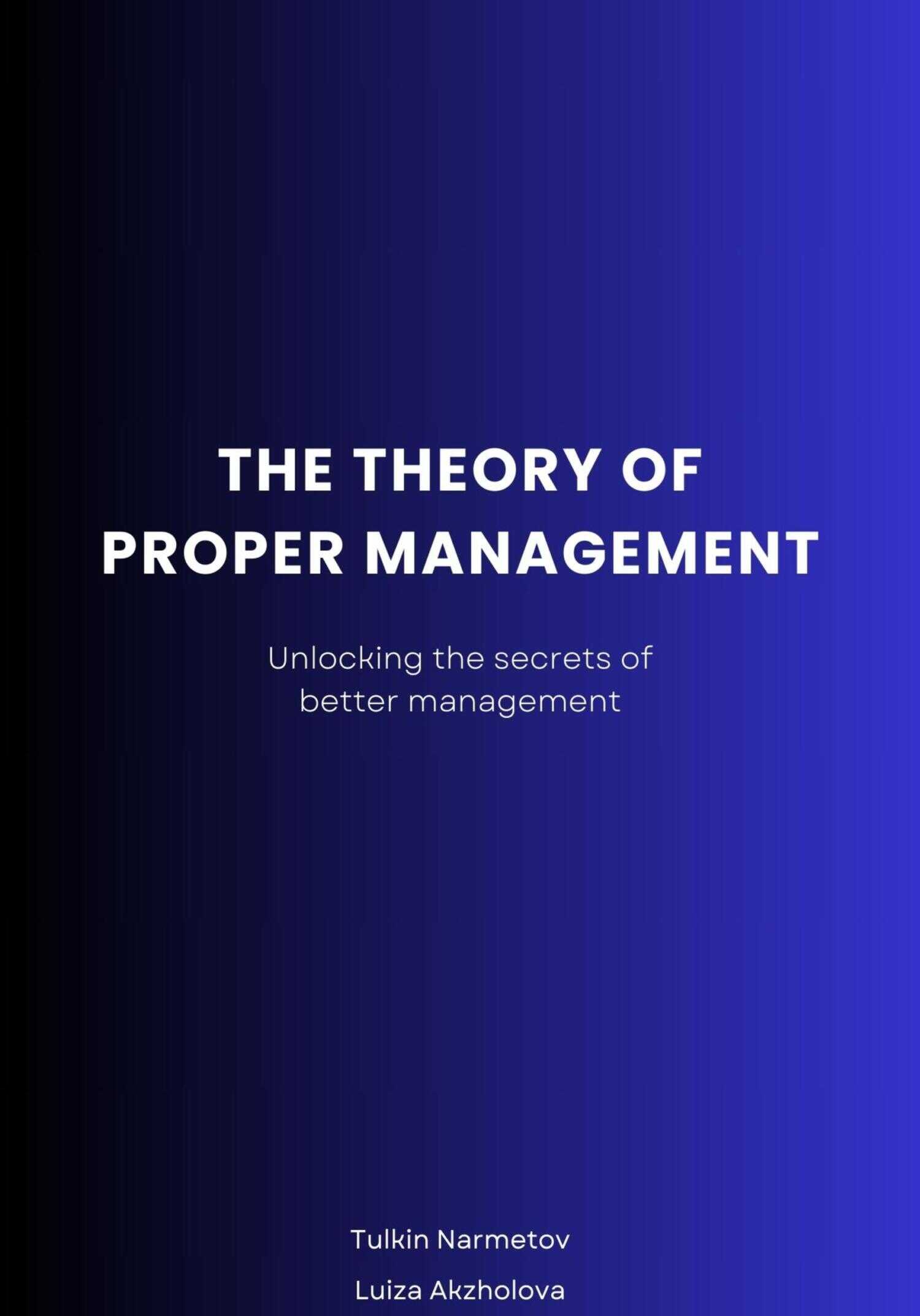
Читать онлайн The Theory of proper Management - Luiza Akzholova
В нашей электронной библиотеке можно бесплатно читать книгу The Theory of proper Management - Luiza Akzholova полная версия. Жанр: Литература. Онлайн библиотека дает возможность прочитать весь текст книги на мобильном телефоне, планшете или ПК без регистрации и СМС подтверждения - knizhkionline.com.
- Автор: Luiza Akzholova
- Жанр: Литература
- Дата добавления: 20 май 2024
- Количество просмотров: 242
- Страниц: 3
Читать книгу бесплатно «The Theory of proper Management - Luiza Akzholova». Краткое содержание книги:
Inefficient management is more than just a hurdle; it's a roadblock that can hinder progress, stifle creativity, and ultimately, impede success. Unfortunately, it's a problem that many organizations face, regardless of size or industry. This book is written for students and aspiring executives who wish to improve their management skills and solve problems for the successful operation and sustainable development of companies and organizations of all forms.
Шрифт:
Закладка:



